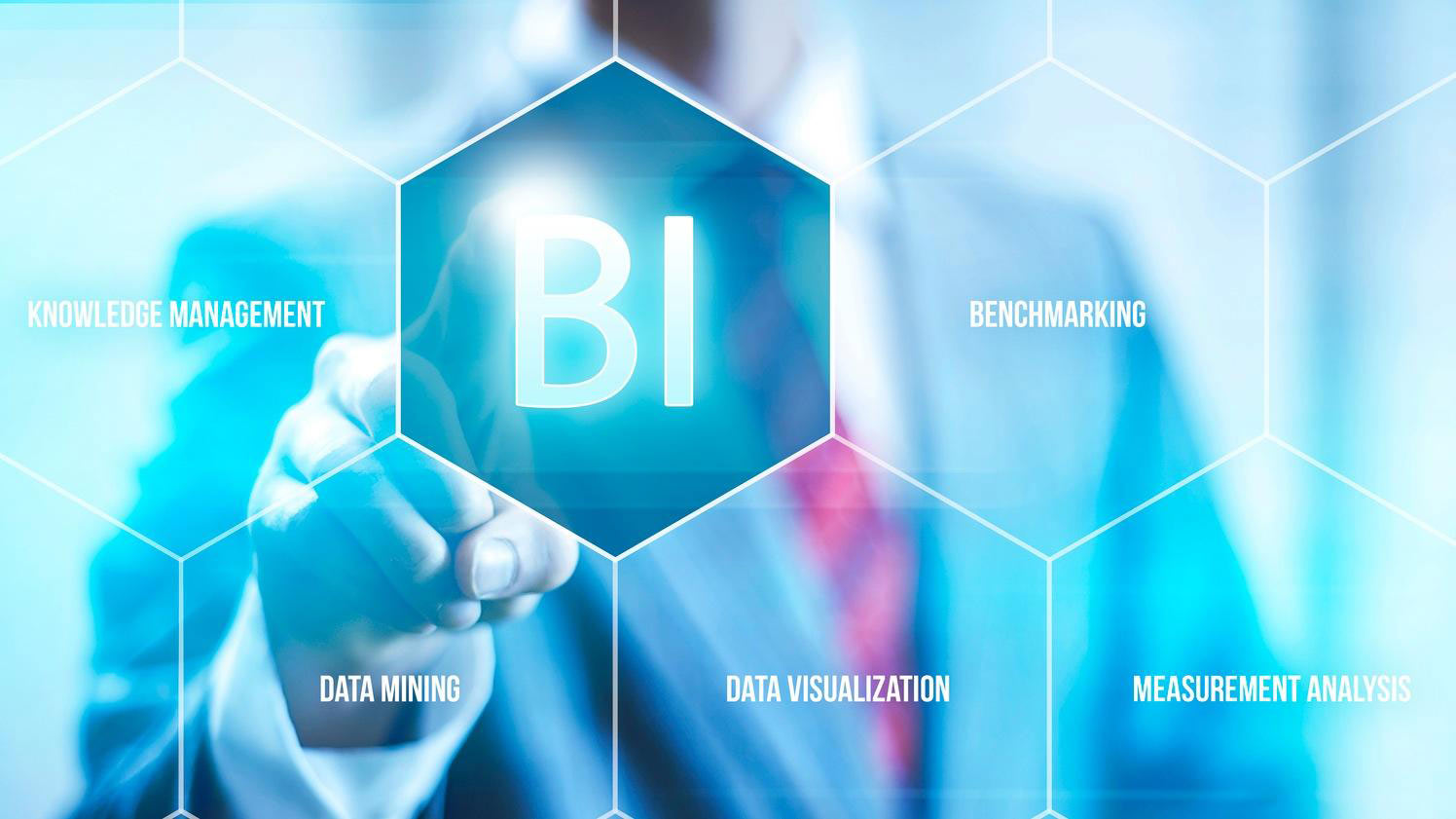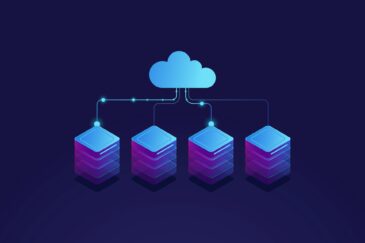Top 10 Business Intelligence Trends for 2023

- August 11, 2023
- Jhansi Rani
- 0
As industries undergo rapid digital transformation, the intersection of cutting-edge technologies and strategic insights changes how organizations leverage their data assets. From predictive and prescriptive analytics wielding the power to forecast and prescribe actions to AI-powered Natural Language Processing (NLP), several trends shape the evolving nature of Business Intelligence Solutions.
We increasingly see a vision of data democratization, where personalized and contextually relevant insights empower decision-makers at every level. Moreover, advanced data visualization techniques, including virtual and augmented reality, provide new ways of understanding and interacting with complex datasets. Rite Software’s Oracle analytics services can help you keep up with evolving trends by offering tailored consulting and implementation solutions. Our expertise in BI analytics solutions can help you access timely insights, guidance, and skilled resources to seamlessly adopt and maximize the Benefits of Several Emerging Business Intelligence trends.
You must fully realize the potential of these trends to prepare for a future where data isn’t just a tool but instrumental in driving digital transformation. Let’s explore a few of these trends:
1. Predictive and Prescriptive Analytics
Predictive and prescriptive analytics will take center stage in business intelligence solutions. Predictive analytics employs advanced algorithms and historical data to forecast future trends and outcomes. This empowers organizations to anticipate customer behavior, market trends, and potential challenges, enabling proactive decision-making. Prescriptive analytics, conversely, goes beyond prediction to recommend specific actions to optimize desired outcomes. Prescriptive analytics guides decision-makers toward the best action by analyzing multiple variables and potential scenarios. These advanced analytics techniques enable businesses to understand what’s happening and leverage insights to shape future strategies and outcomes.
2. Natural Language Processing
Natural Language Processing (NLP) will continue to evolve while allowing users to interact with data through natural language conversations. AI-powered NLP systems will understand complex queries and provide relevant visualizations, making data analysis accessible to non-technical users. Conversational BI analytics solutions will enable users to have dynamic dialogues with their data, ask follow-up questions, and receive insights in real-time.
This trend will bridge the gap between data experts and decision-makers, democratizing access to actionable insights across all levels of an organization.
3. Embedded Analytics
4. Continuous Intelligence
Continuous intelligence will transform how organizations leverage data for real-time decision-making. Traditional batch processing of data will give way to continuous data streaming and analysis, allowing businesses to oversee and respond to changes in real-time. Continuous intelligence will be particularly valuable in dynamic environments such as financial markets, supply chains, and online retail, where timely insights can lead to competitive advantages. BI analytics solutions will provide live dashboards, alerts, and automated actions based on real-time data streams, enabling proactive responses to emerging trends and challenges.
5. Augmented Data Management
Augmented data management uses AI and machine learning to enhance data quality, integration, and governance processes. These technologies will automate data profiling, cleansing, and enrichment, reducing manual effort and human errors. AI-driven recommendations will help data professionals make informed data storage, access, and usage decisions. Organizations can ensure data accuracy, consistency, and compliance by automating routine data management tasks, freeing valuable time for more strategic data initiatives.
6. Graph Analytics
Graph analytics will gain prominence as organizations seek to uncover complex relationships and patterns within their data. Graph databases and algorithms are well-suited for networks, connections, and dependencies scenarios. Businesses can use graph analytics to understand social networks, detect fraud, optimize supply chains, and enhance recommendation systems. On representing data as nodes and edges in a graph, organizations can reveal insights that traditional data models might overlook, leading to more comprehensive and accurate decision-making.
7. Advanced Analytics
The lines between traditional BI and advanced analytics will blur as business intelligence solutions incorporate more predictive and prescriptive capabilities. Users can seamlessly transition from exploring historical data to running predictive models and scenario analyses within a single platform. This convergence will empower decision-makers to analyze data from multiple angles, uncover hidden patterns, and make well-informed choices based on historical and future-oriented insights.
8. Edge and IoT Analytics
As the Internet of Things (IoT) ecosystem is expanding, edge analytics has become vital in processing and analyzing data at its source. Edge devices like sensors and IoT endpoints will analyze data locally, minimizing latency and enabling real-time decision-making. Business intelligence solutions will integrate with edge computing systems, allowing organizations to gain insights from IoT data streams more efficiently. This trend is especially for manufacturing, logistics, and healthcare industries, where timely insights are critical for operational efficiency and innovation.
9. Personalized and Contextual Insights
BI analytics solutions will leverage AI to deliver users personalized and contextually relevant insights. By understanding user roles, preferences, and contexts, BI platforms will tailor visualizations and recommendations to individual needs, ensuring that decision-makers receive the most relevant information for effective decision-making. Personalized insights will help users quickly identify trends, outliers, and opportunities specific to their areas of responsibility.
10. Enhanced Data Visualization
Data visualization will continue to evolve with advanced techniques like virtual reality (VR) and augmented reality (AR). VR will enable users to immerse themselves in data environments, interact with visualizations in 3D, and gain deeper insights through interactive experiences. At the same time, AR will overlay data visualizations onto the real world, providing real-time information in context. These immersive visualization methods will enhance data exploration, storytelling, and decision-making by offering intuitive and engaging ways to interact with complex datasets.
Conclusion
As organizations rely on data to overcome complex challenges and seize new opportunities, the fusion of AI-driven insights, embedded analytics, and advanced data visualization will foster a data-driven culture that empowers decision-makers at all levels. By embracing these emerging business intelligence trends in 2023, companies can harness data’s power and thrive in a dynamic and challenging business landscape.

Services
Products
Company
Copyright © 2024 Rite Software Solutions & Services LLC. All rights reserved.



